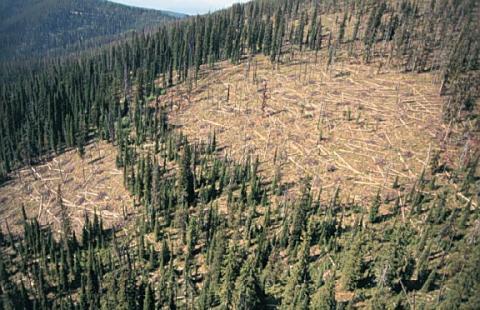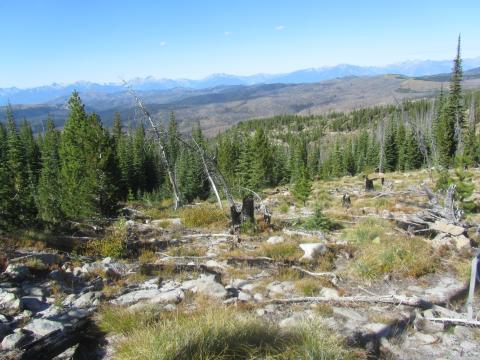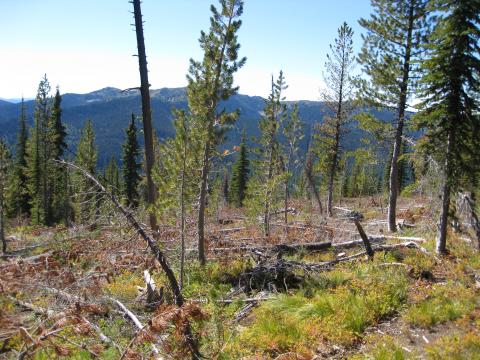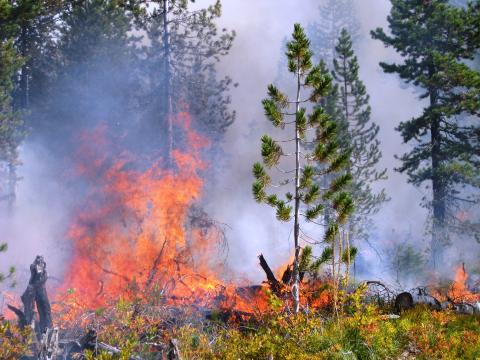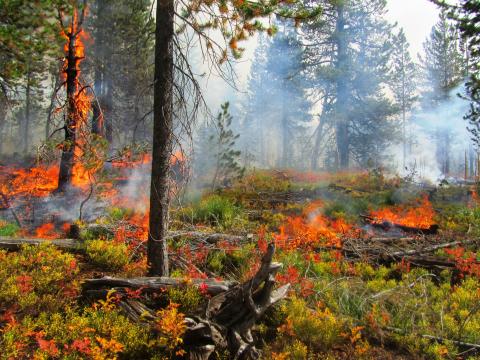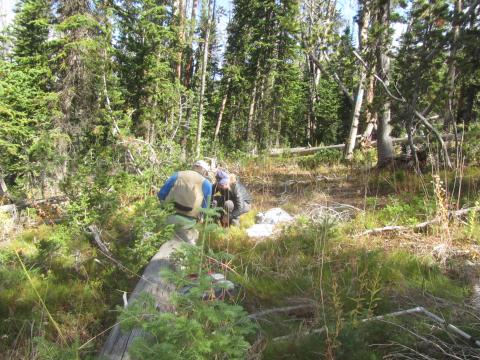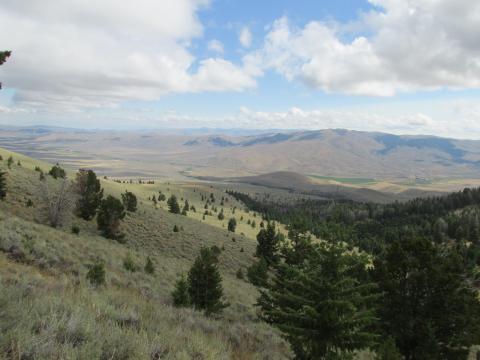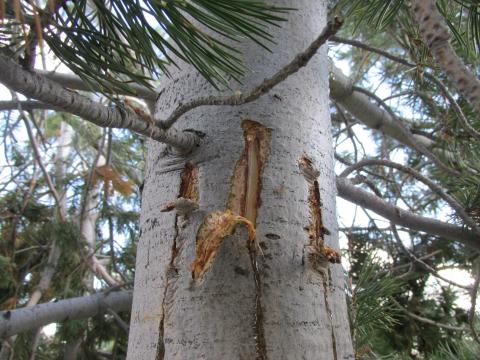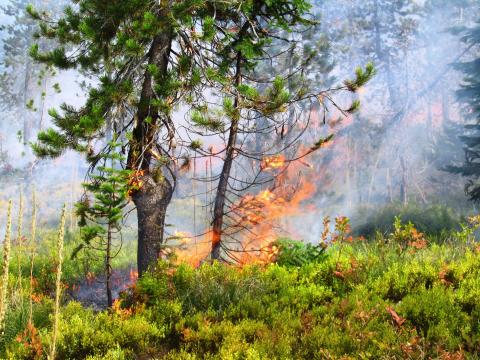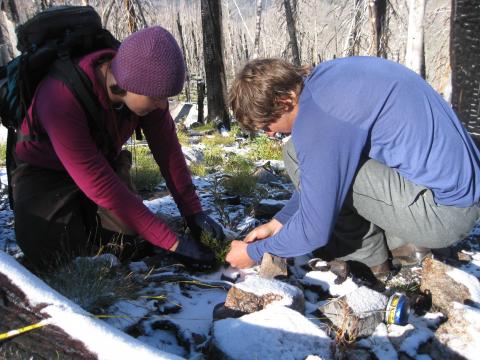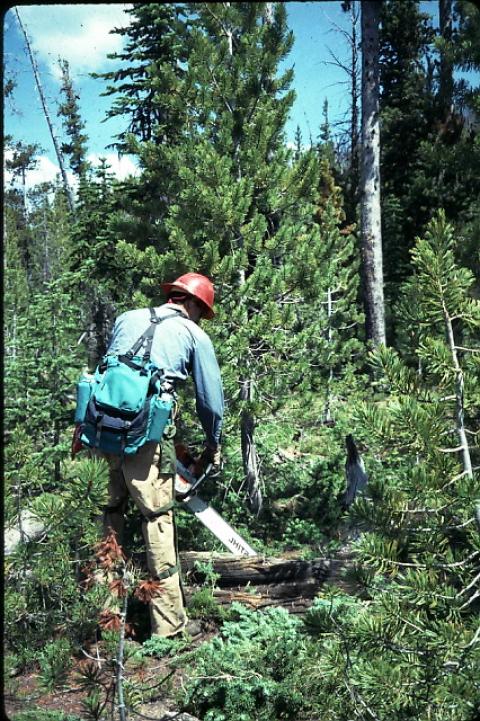Keane, R.E. 2018. Managing Wildfire for Whitebark Pine Ecosystem Restoration in western North America. Forests 9:648.
Keane, Robert E.; Parsons, Russell A. 2010. Management guide to ecosystem restoration treatments: Whitebark pine forests of the northern Rocky Mountains, U.S.A. Gen. Tech. Rep. RMRS-GTR-232. Fort Collins, CO: U.S. Department of Agriculture, Forest Service, Rocky Mountain Research Station. 133 p.
Keane, R.E. and R. Parsons. 2010. Restoring whitebark pine ecosystems in the Northern Rocky Mountains, USA. Ecological Restoration 28(1):56-70.
Keane, R.E. 2011. Restoring whitebark pine ecosystems in the Northern Rocky Mountains, USA. Pages 338-348 In: Keane, Robert E.; Tomback, Diana F.; Murray, Michael P.; and Smith, Cyndi M., eds. 2011. The future of high-elevation, five-needle white pines in Western North America: Proceedings of the High Five Symposium. 28-30 June 2010; Missoula, MT. Proceedings RMRS-P-63. Fort Collins, CO: U.S. Department of Agriculture, Forest Service, Rocky Mountain Research Station. 376 p.
Keane, R. E., S.F. Arno, and C. Stewart. 1996. Restoration of upper subalpine whitebark pine ecosystems in western Montana. Pages 31-26 in Proceedings of the 43 annual Western Internation Forest Disease Work Conference. Society of American Foresters, Bethesda, MD, USA., Whitefish, Montana, USA.
Keane, R.E. and S.F. Arno. 1996. Whitebark Pine (Pinus albicaulis) ecosystem restoration in western Montana. In: Arno, S.F. and Hardy, C.C., editors, The use of fire in forest restoration, a general session at the annual meeting of the Society of Ecosystem Restoration "Taking a broader view". Sept 14-16, University of Washington, Seattle, WA. USDA Forest Service General Technical Report INT-GTR-341. Pages 51-54.
Keane, R.E., S.F. Arno and C. Stewart. 1995. Restoration of upper subalpine whitebark pine ecosystems in western Montana. In: Mathiasen, R.L. editor, Proceedings of the 43 annual Western International Forest Disease Work Conference, Whitefish, Montana, USA. August 29-31, 1995. Pages 105-112.
Keane, R.E. and S.F. Arno. 2000. Restoration of whitebark pine ecosystems in western Montana and central Idaho. In: Proceedings of the Society of American Foresters 1999 National Convention. Portland, OR. Society of American Foresters, Bethesda, Washington DC. Pages 324-330.
Keane, R.E., S.F. Arno, and C. Stewart. 2000. Ecosystem-based management in the whitebark pine zone. In: Smith, H.Y. (ed.) 2000. The Bitterroot Ecosystem Management Research Project -- what we have learned: symposium proceedings; 1999 May 18-20; Missoula, MT. Ogden, UT: U.S. Department of Agriculture, Forest Service, Rocky Mountain Research Station. Proceedings RMRS-P-17 Pages 36-41
Keane, R., and S. F. Arno. 1999. Restoration of whitebark pine ecosystems in western Montana and central Idaho. Pages 324-330 in SAF 1999 National Convention. SAF, Portland, Oregon.
Tomback, D., S. F. Arno, and R. E. Keane. 2001. The compelling case for management intervention. Pages 3-28 in D. Tomback, Stephen F. Arno, and R. E. Keane, editors. Whitebark pine communities: Ecology and Restoration. Island Press, Washington, DC USA.
